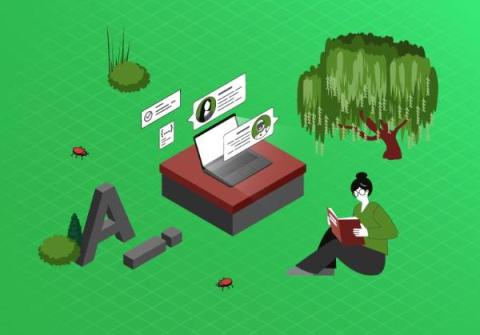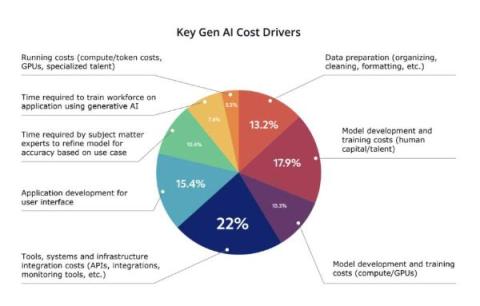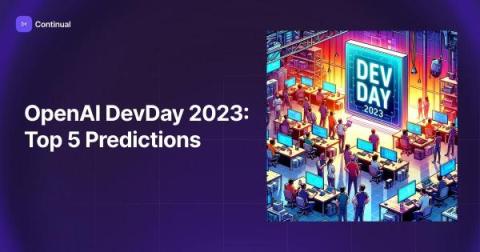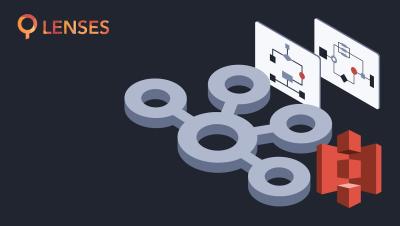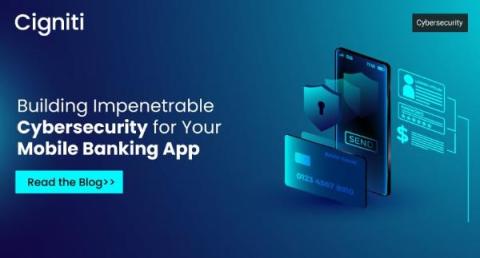Systems | Development | Analytics | API | Testing
Technology
How to use generative AI for exploratory testing? (With examples)
Generative AI is bringing a new era of “convenience” with ChatGPT, from OpenAI, taking center stage in our daily lives. From aiding in solving complex problems to generating content, this large language model has become a helpful companion for various testing-related tasks. As generative AI is becoming increasingly present in our daily lives, we should understand how to use it and account for its limitations.
Six Key Predictions for Artificial Intelligence in the Enterprise
As we head into 2024, AI continues to evolve at breakneck speed. The adoption of AI in large organizations is no longer a matter of “if,” but “how fast.” Companies have realized that harnessing the power of AI is not only a competitive advantage but also a necessity for staying relevant in today’s dynamic market. In this blog post, we’ll look at AI within the enterprise and outline six key predictions for the coming year.
Introducing Bitrise on AWS
Bitrise on AWS is a new integration that brings together the industry-leading Mobile DevOps capabilities of Bitrise with the flexibility and control of your AWS build infrastructure.
OpenAI DevDay livestream
OpenAI DevDay 2023 is upon us. We're excited by what some of the announcements mean for Continual and will be revealing more about Continual soon. In the meantime, you can watch the livestream and replay here: There's never been a better time to build an AI copilot for your application.
Set Analysis Redux: Do More with Qlik Episode 47
Redshift Vs Snowflake | 6 Key Differences
Kafka with Amazon S3: Architecture & top use cases
Understand Mobile App Testing: A Starter Kit For App Devs
In the 21st century, practically all technological innovation on the planet has been channeled into the mobile phone. The first generation of mobile phones simply allowed you to make calls, store numbers and play rudimentary games (some of which, like Snake, didn’t even have an end sequence because the designers didn’t think anyone would complete them). Today mobile phones are computers in our pocket, allowing us to shop, date, stream videos, buy food, order cabs and find our way around.
Building Impenetrable Cybersecurity for Your Mobile Banking App
Mobile banking has become integral to our daily lives, offering unparalleled convenience and accessibility. However, as the usage of mobile banking apps continues to grow, so do the threats from cybercriminals. In a world where personal and financial data is at risk, mobile banking apps must prioritize security. In August 2021, US-based T-Mobile experienced a cyberattack where a 21-year-old stole data from approximately 50 million current customers and potential prospects.



